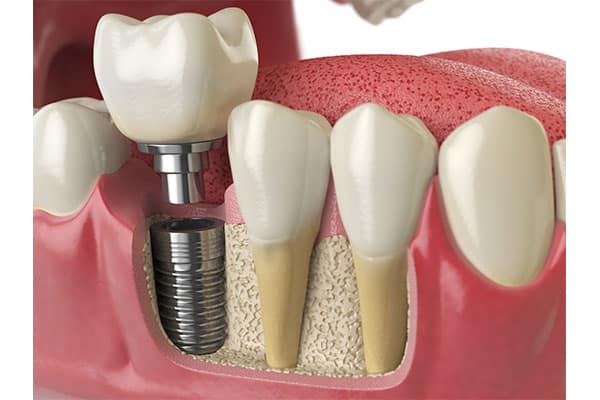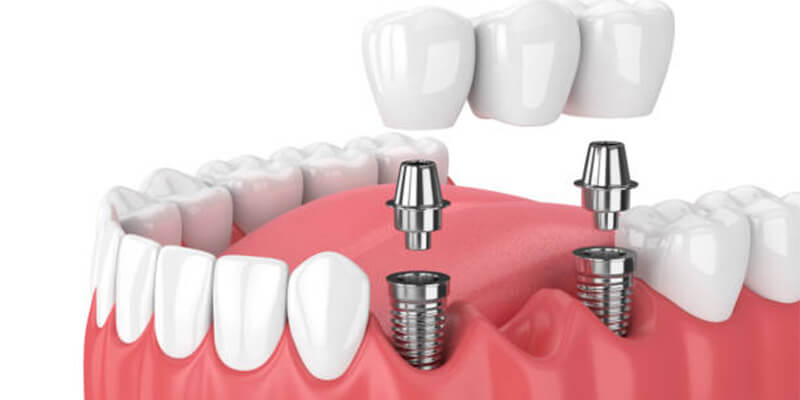Prosthodontics
Prosthodontics Overview

Why is Prosthodontic Treatment?
Prosthodontic treatments help patients with:
✔ Missing teeth due to decay, injury, or aging.
✔ Severely damaged or worn-down teeth.
✔ Jaw or bite alignment issues.
✔ Cosmetic improvements (smile enhancement).
Types of Prosthodontic Treatments
1. Crowns (Caps)
🔹 Used to restore and strengthen damaged or weak teeth.
🔹 Covers the entire visible part of the tooth.
🔹 Made from porcelain, metal, or zirconia for durability.
🔹 Often needed after root canal treatment.2. Bridges
🔹 Used to replace missing teeth by anchoring an artificial tooth between two natural teeth.
🔹 Helps restore chewing ability and prevents teeth from shifting.3. Dentures (Full & Partial)
🔹 Complete dentures replace all missing teeth in an arch.
🔹 Partial dentures replace some missing teeth and use clasps to attach to natural teeth.
🔹 Available as removable or implant-supported options.4. Dental Implants
🔹 A permanent solution for missing teeth.
🔹 A titanium post is surgically placed in the jawbone.
🔹 Supports a crown, bridge, or denture for a natural look and function.5. Veneers
🔹 Thin shells made of porcelain or composite resin.
🔹 Placed on the front surface of teeth to improve shape, color, and appearance.
🔹 Used for chipped, stained, or misaligned teeth.6. Full Mouth Reconstruction
🔹 For patients with severe tooth loss, wear, or bite issues.
🔹 Involves a combination of crowns, bridges, implants, and dentures.
The Prosthodontic Treatment Process
- Examination & Planning – The dentist assesses your teeth, gums, and bite.
- Tooth Preparation – If needed, teeth are reshaped or extracted.
- Impressions & Digital Scans – Used to create custom prosthetics.
Fitting & Adjustments – Ensuring comfort and function before final placement. - Final Restoration – Prosthetic teeth are permanently placed.

How to Prevent Gum Disease
- Brush twice a day with fluoride toothpaste.
- Floss daily to remove plaque between teeth.
- Use mouthwash to kill bacteria.
- Avoid smoking and eat a healthy diet.
- Visit the dentist regularly for cleanings and checkups.
Aftercare & Recovery
✔ Brush and floss regularly to maintain prosthetic teeth.
✔ Avoid hard or sticky foods with dentures and veneers.
✔ Regular dental check-ups ensure proper function and fit.
Get In Touch With Us
Call us anytime
023 217 578 /
012 555 471
093 555 871
Email Us
brightsmileclinicbs1@gmail.com

